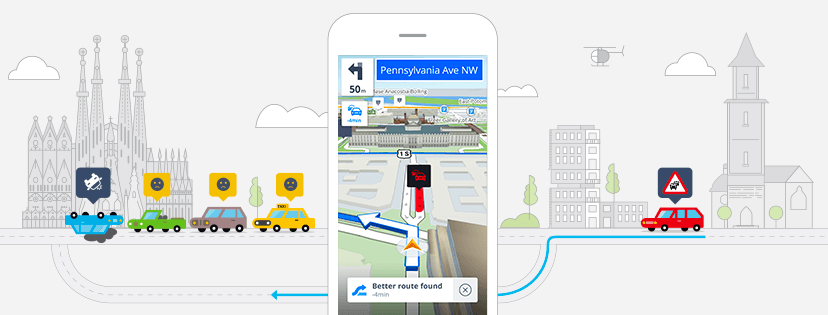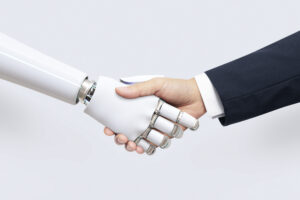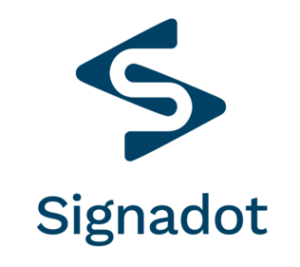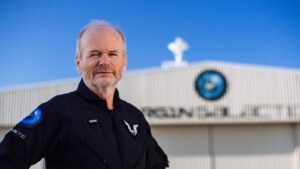Sygic, the global navigation leader with more than 200-million users, has unveiled at CES 2019 the new connectivity project. It aims to integrate data from built-in car sensors and various Vehicle-to-everything (V2X) integration services into the Maps & Navigation SDK also used by Sygic flagship Navigation products.
Founded in Bratislava, Slovakia, in 2004, Sygic is a Deloitte Fast 50 Company and in 2011 was added to Deloitte’s Fast 500 EMEA listing. In 2009, Sygic produced the first ever turn-by-turn navigation app for iPhone. With 200 million worldwide users on iOS, Android and Windows, Sygic is the most advanced GPS navigation app in the world.
“Mobile navigation systems nowadays use car integration predominantly to mirror the user experience from smartphones into the car head unit. Connectivity uses just a fraction of the available sensors’ data. Our solution can integrate and read various data from built-in GPS antennae, brakes, gears or other CAN bus data to achieve greater accuracy, increase driver safety and reduce car maintenance costs,“ explained Sygic CEO Martin Strigac.
Sygic Maps & Navigation SDK, as well as Sygic navigation products, already support seven car connectivity standards, including Apple CarPlay and Mirror Link. It can currently process car data via Smart Device Link and Bosch MySpin featured in Ford, Mazda, and Toyota cars. “We expect that the rest of the connectivities will follow shortly,“ added Strigac.
Last year Sygic unveiled at Gitex Technology Week in Dubai a real-time Driver’s Behavior Analysis and Proactive Coaching as a part of Sygic Maps & Navigation SDK. Sygic’s unique algorithms can evaluate the user’s driving style and detect distraction – analyzing whether the driver is touching or using a mobile phone while driving.
Today, Sygic can provide even more accurate events detection and scoring using data from built-in car sensors and process all metrics offline, without an internet connection and pass the log to backend services for big data analysis, machine learning or data mining.
The connectivity project will also include V2X integration to the IoT network of smart cities. “We have already started in the US and are currently working on a solution, which will allow drivers to see what pace to keep catching the green wave. Furthermore, we would like to use other data from traffic signals, railway crossings and other smart city IoT sensors to improve driver safety, routing, and estimated time of arrival (ETA) calculation,“ said
Disclosure: This article includes a client of an Espacio portfolio company












